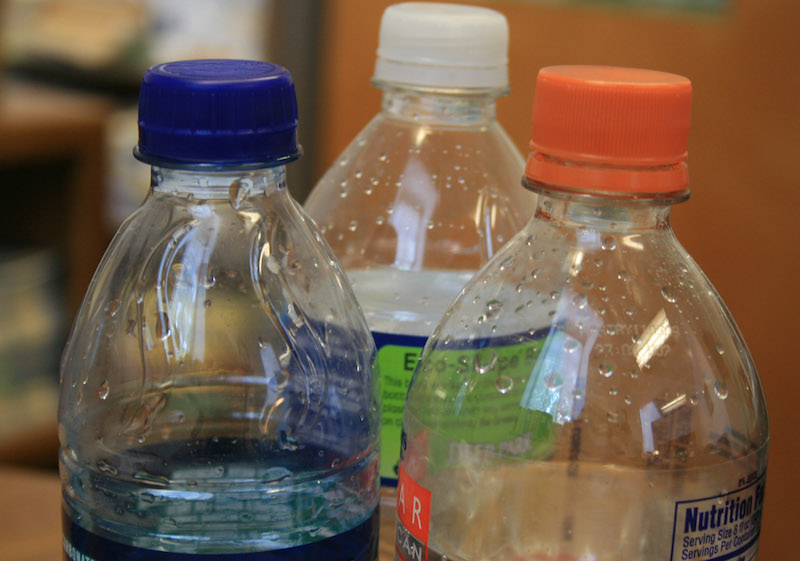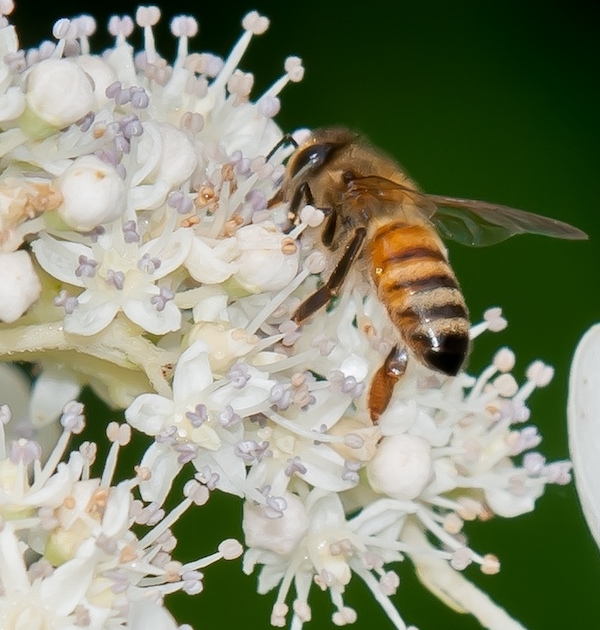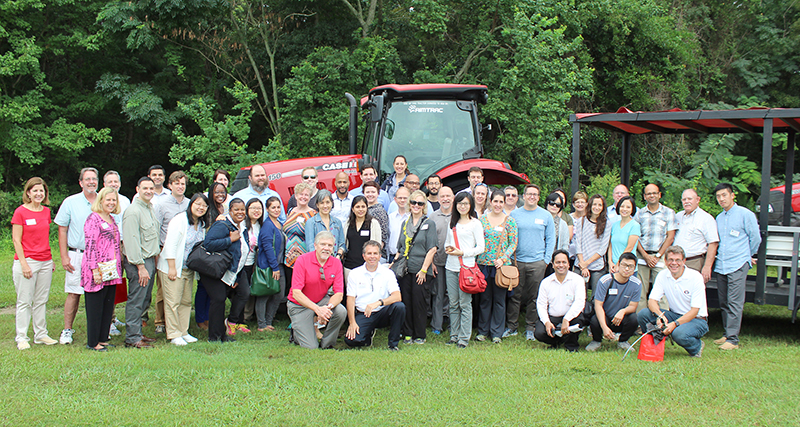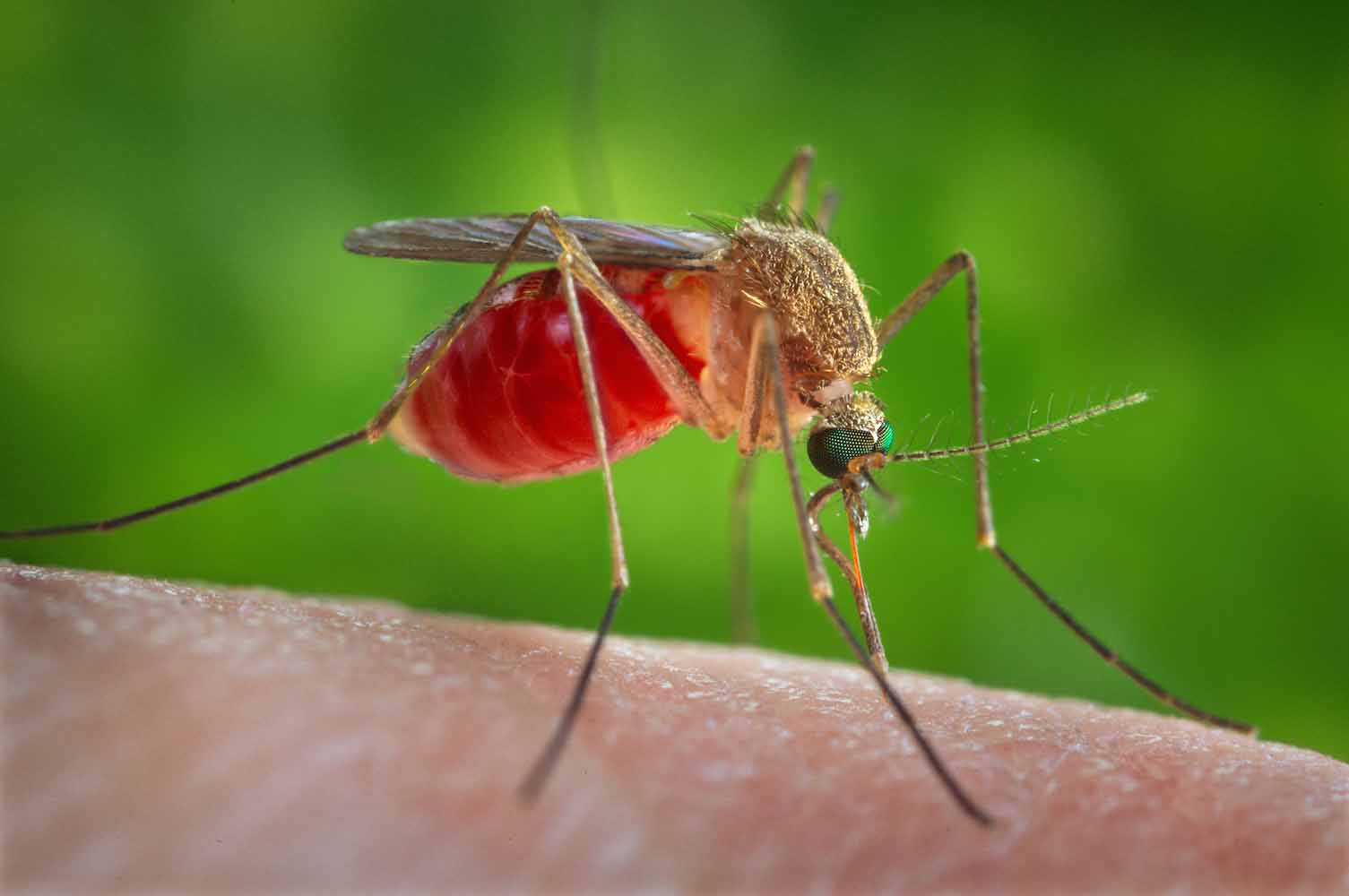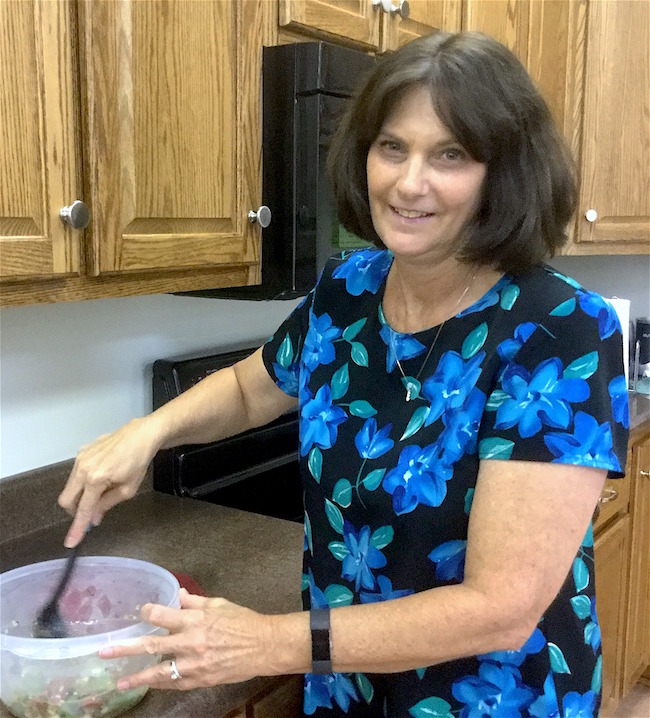 CAES News
CAES News
Two-day grazing school tackles fencing and soil health in detail
A two-day Advanced Grazing School, hosted by University of Georgia Cooperative Extension specialists Sept. 19-20, will provide a deeper understanding of grazing systems to those in attendance.

